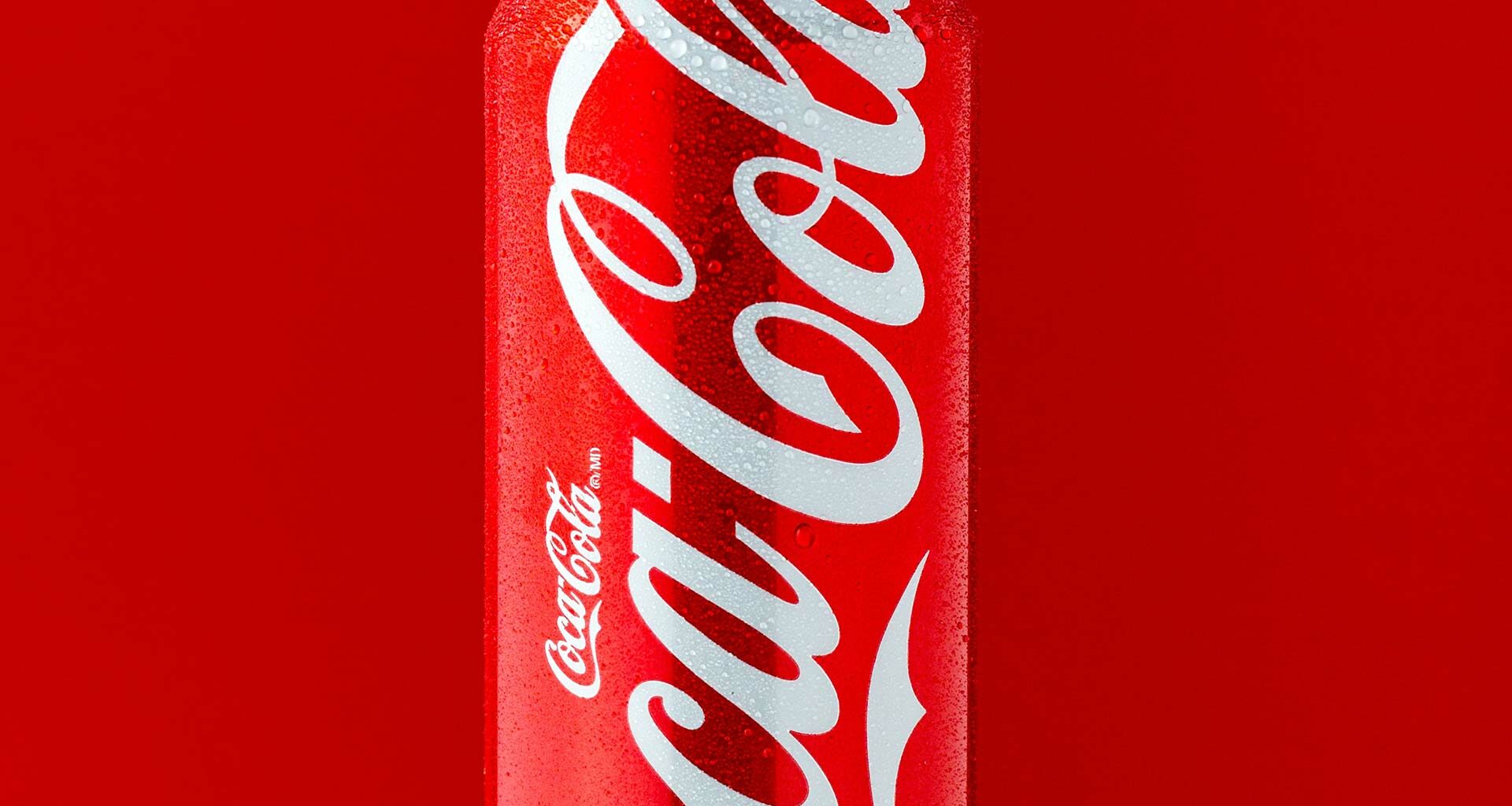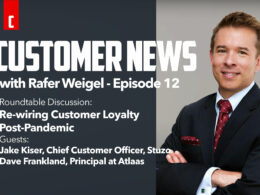(Editor’s Note: I’ve been working in and around the world of brand loyalty for quite a while and as such, have seen countless studies and reams of statistics that support the notion of, and the value of brand loyalty. In fact, TheCustomer will be publishing a co-authored study (with Brand Keys) on that topic in January which will shed light on what and how consumers will buy in the coming year. What makes this particular study important is that its based on a 20+ year history of nailing these forecasts and the bottom lines they affect. You can sign up for an early release of the research here. Having said that, this article by Paul Parton presents a contrary perspective on brand loyalty that should add a little context to our discussions.)
“When we boil it all down, there is really only one ultimate measure of success in marketing and that is sales.”
The question in the headline is genuine. But to be clear, I ask it only in a marketing context.
Loyalty absolutely matters in relationships. One hopes for loyalty from their partner or their spouse. We’re loyal to our family, our friends. We’re loyal to our colleagues. Our brothers in arms. Some of us may be loyal to a sports team (although the data is questionable on that). We may be loyal to a country or flag (but as a Scotsman with an American passport I can attest that even that loyalty can be divided).
But beyond that, are we loyal to things? Specifically, can we really be loyal to brands?
It’s an important question in marketing. If we believe that we can be loyal to brands, there is an enormous temptation to create marketing programs specifically to increase that loyalty and sell more things to the same group of people. “All we need to do is get all of our customers to buy one more bar of chocolate (can of soda, T-Shirt, burrito) per year and we will smash our objectives! It’s just one more you guys!!!”
Whole categories focus significant portions of their money and effort on those programs. And whole marketing disciplines have grown up around them. But the data would suggest that much of that money and effort is wasted.
Professor Andrew Ehrenberg did more than most any other marketing researcher to attribute cause and effect to marketing activities. And in the 1960s he began to research a dynamic that had been noted by a researcher named William McPhee.
McPhee’s research highlighted the slightly counterintuitive finding that radio programs that were listened to by the most people were also enjoyed more by those listeners.
It was a counterintuitive finding. Generally, when we think of any kind of niche programming (or indeed niche, rare or expensive anything) we might expect there to be a small audience for it but that the audience that did exist would be particularly passionate about their subject. A bird-watching show might not attract a large audience, but those listeners would be highly engaged for example.
McPhee found the opposite. That, in fact, the shows with the largest audiences were also enjoyed more by the people who tuned in and they tended to tune in more regularly. Ehrenberg set out to determine whether that dynamic could be replicated in the purchase of consumer goods. He saw that it was. Invariably. That as more people bought a brand, they would buy more of it. And even more than that, the effect extended beyond consumer goods into categories as far from the supermarket as aviation fuel contracts.
He created a model called the Dirichlet to explain the effect which showed that not only were repeat purchases directly correlated to the size of the customer base, but that the brands that sell to the most people also sell exponentially more units per person than smaller brands do. It’s not a straight-line effect. The biggest brands are bought materially more often than the smaller brands.
So, what does that mean for brand loyalty?
Well, when we boil it all down, there is really only one ultimate measure of success in marketing and that is sales. And there are only two components to sales, one is penetration (how many people buy it) and the other is repeat purchase (how often they buy it).
We can either focus on selling to more people or on selling more things to the same people. As an industry, we tend to believe that in order to achieve the former we need to increase popularity and in order to achieve the latter we need to increase loyalty.
And that may be where we go wrong.
Because, as Ehrenberg found categorically, the only way to increase repeat purchase is to increase penetration. Or put another way, the only way to create more ‘loyalty’ is to create more popularity.
A perfect example was reported last month when Spotify’s paid-subscriber base reached 113 million compared to Apple’s 60 million paid subscribers. At the same time (unsurprisingly to Ehrenberg fans) their engagement rates were higher too. As a spokesperson said, “Relative to Apple, the publicly available data shows that we are adding roughly twice as many subscribers per month as they are. Additionally, we believe that our monthly engagement is roughly 2x as high and our churn is at half the rate.”
More users for Spotify also created more usage per user. The data is consistently clear. And yet even smart global marketers fall into the trap of feeling intuitively that we are loyal to certain brands.
But are we? Really?
Another recent article referenced some of the mistakes Adidas had made in marketing investment lately. “At the same time, Adidas brought in an econometric model. That helped it discover that where it had thought loyal customers were driving sales, and it was therefore investing in CRM, in fact 60% of revenue came from first-time buyers.”
The primary implication for marketing is to think less about last click and more about first principles.
If people don’t know about your brand, they can’t buy it. Our consistent focus should be to make sure as many people know about our brand as possible.
We can do that by spending more time developing the kind of emotionally-compelling creative work that creates long-term memories and associations for our brand.
The primary implication for marketing is to think less about last click and more about first principles.
We could spend less time trying to reinvent the wheel in order to keep up with marketing fads and more time building long-term brand platforms.
We could think more about how to use publicity to create fame; and how to manage publicity so it builds on a brand platform rather than detracts from it.
We could think more about using earned and social media as a force multiplier for paid media. Which may mean beginning the creative process by thinking about an earned conversation first. (If the idea will be written about in the New York Times it will definitely work in paid media. The opposite isn’t true.)
And we could spend more time thinking about how to find our next new customer. Which will often mean finding the next generation of customers. And if that means engaging with YouTube stars or creating content for TikTok then so be it.
But overall, we should be thinking consistently about what will make us more popular. Because yes, loyalty matters. Particularly loyalty to the people around us. But it can’t be created for brands. Other than by selling those brands to more people.
Paul Parton is group chief strategy officer at Golin.
This article originally appeared in Campaign. Photo by Mae Mu on Unsplash.














4 comments